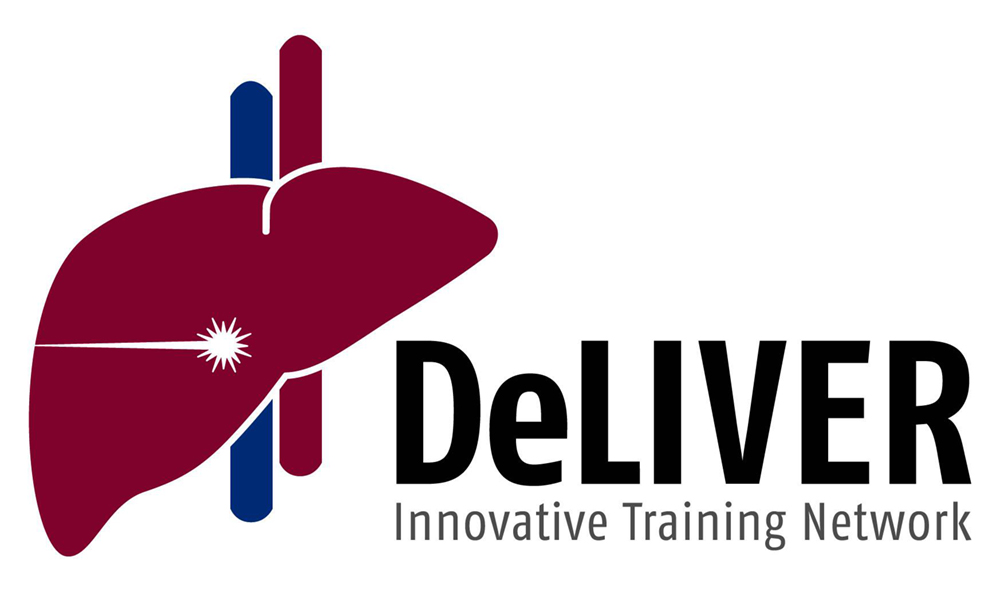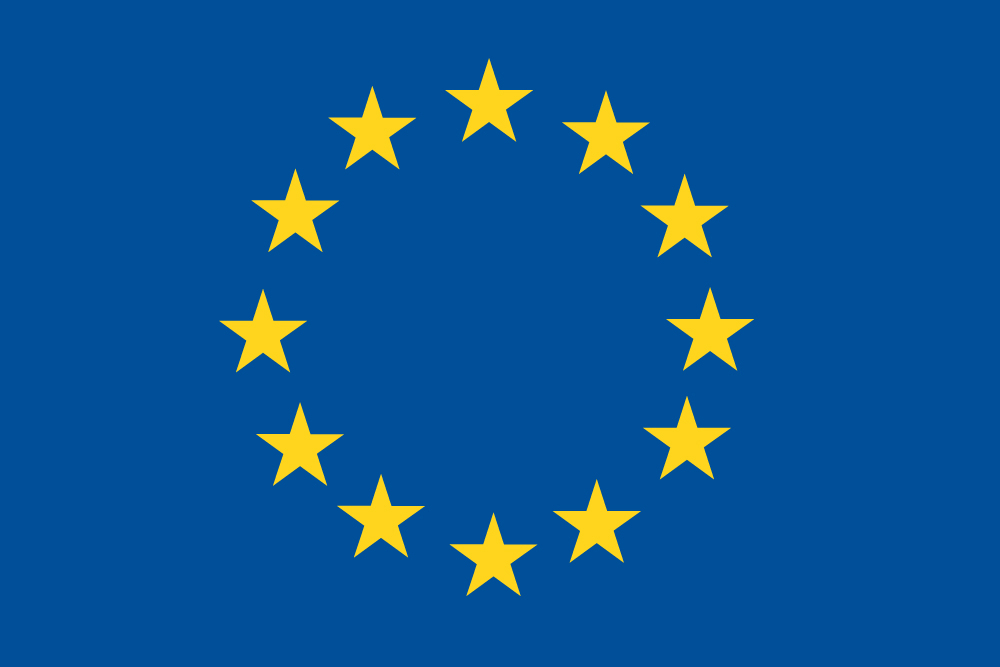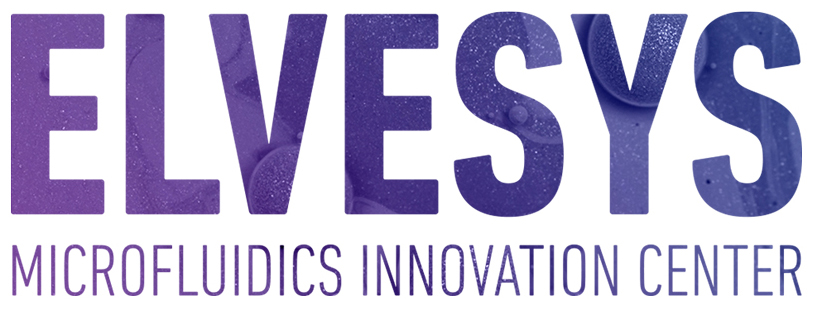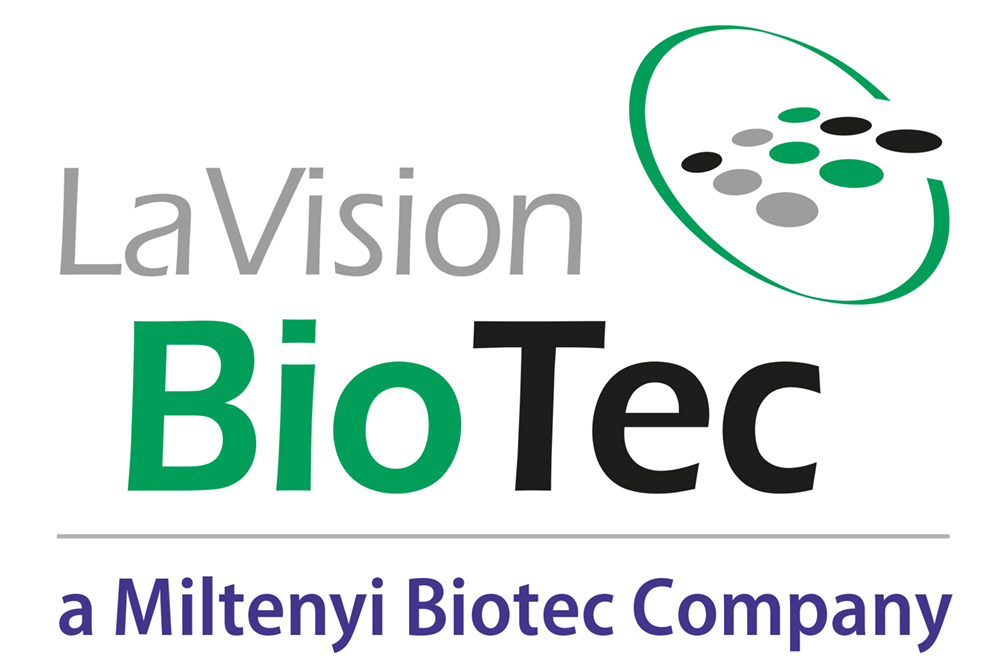DeLIVER
Science is beautiful! Join us on this visual tour at the lab, where we look at liver cells through different microscopes while we tell you more about our research project. Maybe you’ll get some artistic inspiration while looking?
If you hold your hand under your ribs at your right side, you will find your liver. It cleanses your blood of toxic substances. Photo: Stig Brøndbo/UiT
The liver contains a large number of very fine capillaries (sinusoids), which are lined with liver sinusoidal endothelial cells (LSECs). Those cells have many nanosized pores (fenestrations) that enable the filtration of molecules and small particles from the blood. The pores are so small, that they cannot be seen with conventional microscopes but with super-resolution microscopes, also known as nanoscopes.
In this picture you see a LSEC isolated from a mouse liver. This picture is taken with a structured illumination microscope which can resolve structures with a minimum size of 100 nanometers. The little black holes in the grey areas of the cell are nanopores (fenestrations) in the cell – simply put: functional holes in the cell.
Not much is known about the important physiological function of these fenestrations and their role in transfer and filtration in the liver and other organs. They are involved in the removal and degradation of pharmaceuticals, viruses and waste molecules, making them highly relevant for the study of pharmaceutical drug uptake. In our research project we work with different kinds of super resolution microscopy, so that we are able to study how the liver cells and their fenestrations develop over time, and also how they react to pharmaceuticals and natural biological changes.
LSECs viewed through a light microscope. The cells are isolated from a human liver and cultured in a dish. Endothelial cells like to be close to each other as they are attached to each other in blood vessels.
Human LSECs in culture. Blue: cell nucleus, red: cell membrane, green: cell skeleton.
Fluorescence is a powerful tool to follow pharmacological treatment in cells. It is used to understand whether the medication reaches the right place or not. This picture shows that the cells (grey) have taken up the treatment (green). However, we do not see if it has reached the right place inside the cells.
But how can we see where the drugs are going? For that, we need super-resolution microscopy, as you can see in this video.
Microscopy images can easily bring our imagination to different scales. Left: microscopy image of liver tissue. Right: Great Barrier Reef, Australia.
Different forms of super resolution microscopy exist. In this picture, three different microscopy techniques and one image analysis technique (at the top) are shown. The picture on the left in black and white was taken with a structured illumination microscope (SIM), at the bottom is a scanning electron microscope (SEM) picture and on the right in red-brown is a picture taken with an atomic force microscope (AFM).
Liver sinusoidal endothelial cells extracted from mice livers. Similar pictures are used to visualize fenestrations to count them, measure their size and look at the influence of pharmaceutical treatments on those cells. The colour is added by the computer. Do you know the name of the artist behind a similar piece of art?
As LSECs are lining the blood vessels in the liver, they are exposed to different influences, shear stress, temperature differences, changes in nutrients and gas ratios – the changes your body is going through every day. Therefore, we are trying to develop experimental setups that resemble the actual conditions. This is necessary because we want our experiments to represent the actual conditions in the human body as closely as possible.
Micro-fluidic tests are performed in multichannel microfluidic devices to study the flow dynamics by using coloured water. In these pictures, a 4 channel device with common outlet was used. Green, red, yellow and blue dyes were streamed into the device and we can see that the four colours are evenly distributed at the outlet when the flow is balanced.
Cells in the microfluidic device.
Abstract art or science? Fluorescence image of Hela cells cultured for 10 days in a microfluidic device. The red dye indicates dead cells and these pictures show that in the corner of the chip, where most of the dead cells are, the flow is not suitable to keep them alive.
Set-ups like the one in this picture enable us to recreate the changes that cells are exposed to in the human body in the laboratory. This can help to predict and mimic the natural reactions of the cell/tissue/body to the treatment. In the picture you can see a cubix machine and full setup (including 24 multi-well chip). Patent pending from Cherry Biotec.
Optofluidic chip development. Cells can be visualized and followed under a microscope, while being exposed to near-physiological conditions.
Here at UiT The Arctic University of Norway, the Vascular Biology, Nanoscopy and Drug Transport and Delivery Research Groups are collaborating with EU-wide universities and companies to develop new super-resolution microscopes. We will use these to discover ways to reverse the negative effects of disease and ageing in the liver.
The pictures in the exhibition belong to researchers and collaborators in the DeLIVER-project. Do you have questions about the exhibition? Contact PhD student Larissa Kruse, UiT The Arctic University of Norway (larissa.kruse@uit.no)


This project received funding from the European Union’s Horizon 2020 research and innovation program under the Marie Sklodowska-Curie Grant Agreement No. 766181, project “DeLIVER”.
DeLIVER is a scientific project funded by the European Union’s Horizon 2020 research and innovation program. The purpose of the project is to train 13 “Early Stage Researchers” from different European countries and Universities in biomedical research and imaging methods. It focusses on the understanding of the structure and function of cells, which are critical to liver function and healthy ageing. Find out more about our research at our website: www.deliver-itn.eu








